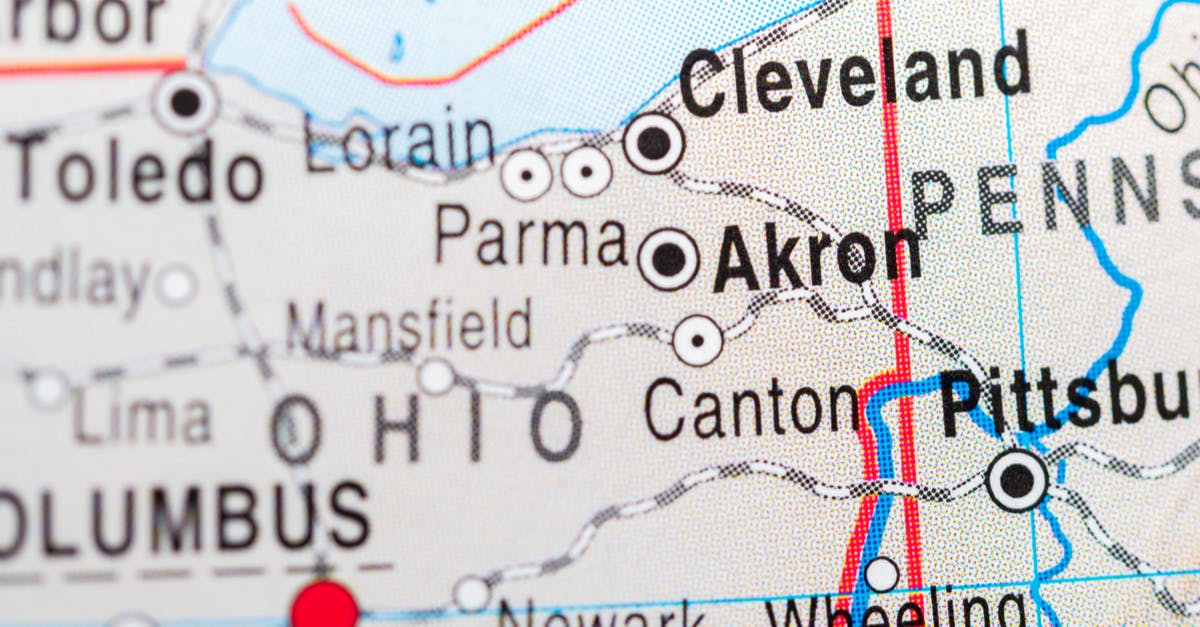Revenue Sharing Areas and What They Mean for Ohio
For some states, local taxes do not exist. For others – like Ohio – locals get downright complicated. From school district codes, to JEDDS, there’s a lot of income tax in the Buckeye state.

For some states, local taxes do not exist. For others – like Ohio – locals get downright complicated. From school district codes, to JEDDS, there’s a lot of income tax in the Buckeye state. We’ve talked about JEDDs, so what’s next?
'Revenue sharing areas.'
Similar to a JEDD, a revenue sharing area is a district or neighborhood within Ohio that has partnered with its corresponding city to help drive revenue. In Cleveland, there are four revenue sharing zones:
- Gateway District (the area in and around where the Cleveland Cavaliers play)
- IX Center
- Emerald Park
- Shaker Square
The city and these revenue sharing areas impose an extra income tax on anyone working within in that area and then share the profits. Regular and seasonal employees are subject to the income tax, as well as independent contractors. The rate for all four is 2.00%. Each area must file their taxes through various forms throughout the year, and none receive a tax credit.
The idea of revenue sharing areas and JEDD is to foster partnerships between cities, townships, neighborhoods, and the state for the overall benefit of Ohio.
Want to see examples of local taxes that may pop up in Ohio? Check out Payroll Point
Keep reading: related insights
Guides and tools
Latest articles
Payroll Insights Newsletter
Subscribe to our quartely newsletter for exclusive payroll insights.
